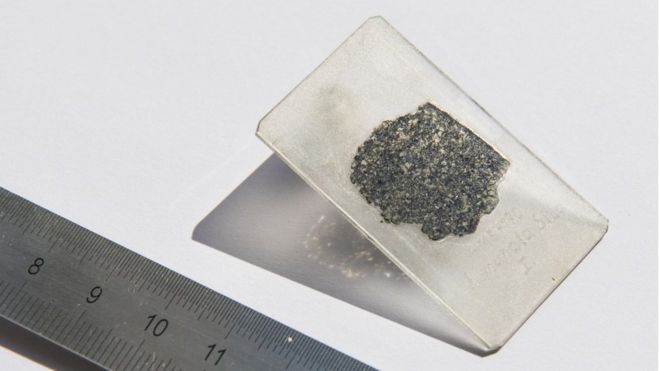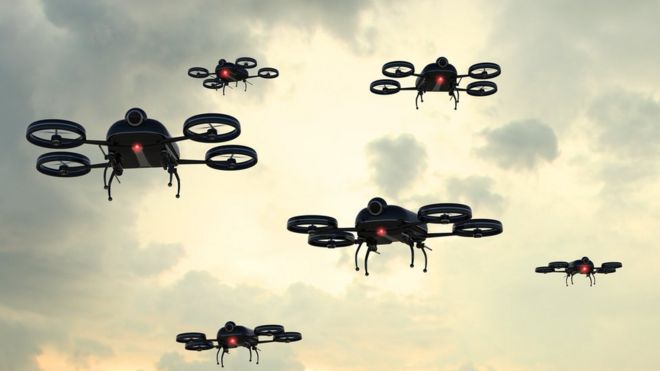Kult Launched in India
04:27
Kult Launched in India: Price, Specifications

Kult, a home-grown mobile brand that debuted in the Indian smartphone industry with Kult 10 back in 2015, on Monday launched its new smartphone, Kult Impulse. The key features of the budget smartphone include a 5.99-inch 18:9 TruView 2.5D curved glass display, Face Unlock, 13-megapixel rear and front cameras, a quad-core processor, and more. The smartphone will come in two colour variants - Black and Blue.
In terms of pricing, the Kult Impulse costs Rs. 8,999 and will be available across India starting Tuesday (May 15). Also, the smartphone comes with a Reliance Jio cashback offer worth Rs. 2,200, applicable on select recharge plans for new and existing Jio subscribers. At its price range, the Kult Impulse will compete against Xiaomi's Redmi smartphones.
Commenting on the launch, Nitesh Gupta, Director, New Product Development, Kult, said, "KultImpulse is designed, keeping in mind, the inspirers' attitude. The beautiful built, powerful features and affordability together really pack a punch. At Kult, our focus has been to offer the best possible technology, innovation and an immersive experience to the users."
Kult Impulse specifications
The dual-SIM (Micro and Nano) Kult Impulse runs Android 7.1.1 Nougat. The smartphone sports a 5.99-inch HD+ (720x1440 pixels) 2.5D Curved display with TruView technology. It is powered by the quad-core MediaTek MTK6739 processor clocked up to 1.5GHz, with ARM Mali-T720 MP1 650MHz GPU. The handset is equipped with 3GB RAM.
In terms of optics, the Kult Impulse features a 13-megapixel rear camera with auto-focus, dual-LED flash, and f/2.0 aperture. On the front, the smartphone sports a 13-megapixel selfie camera with LED flash and f/2.0 aperture. As mentioned, the front camera comes with facial recognition technology. The Kult Impulse comes with 32GB of inbuilt storage, expandable via microSD card (up to 64GB).
Connectivity optics in the Kult Impulse include 4G VoLTE, Bluetooth 4.2, GPS, Wi-Fi 802.11 b/g/n, OTG support, Micro-USB, 3.5mm jack, and FM radio. Sensors on board the smartphone are an accelerometer, ambient light sensor, gyroscope, and proximity sensor. It also has a fingerprint scanner.
The Kult Impulse is powered by a 4000mAh battery. In terms of dimensions, the smartphone measures 164.8x76.74x8.65mm.









